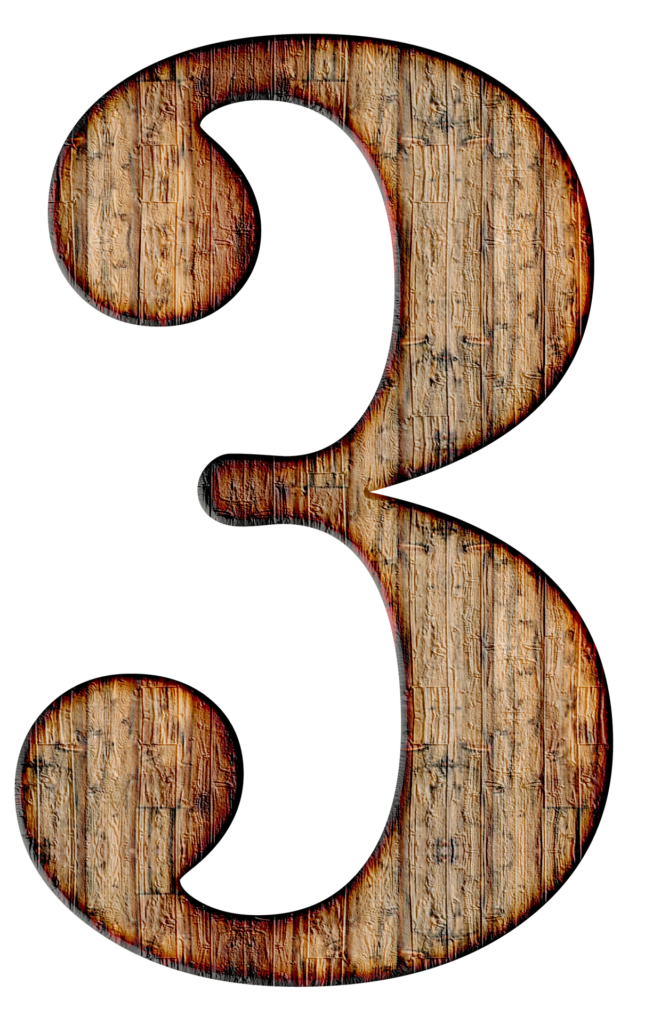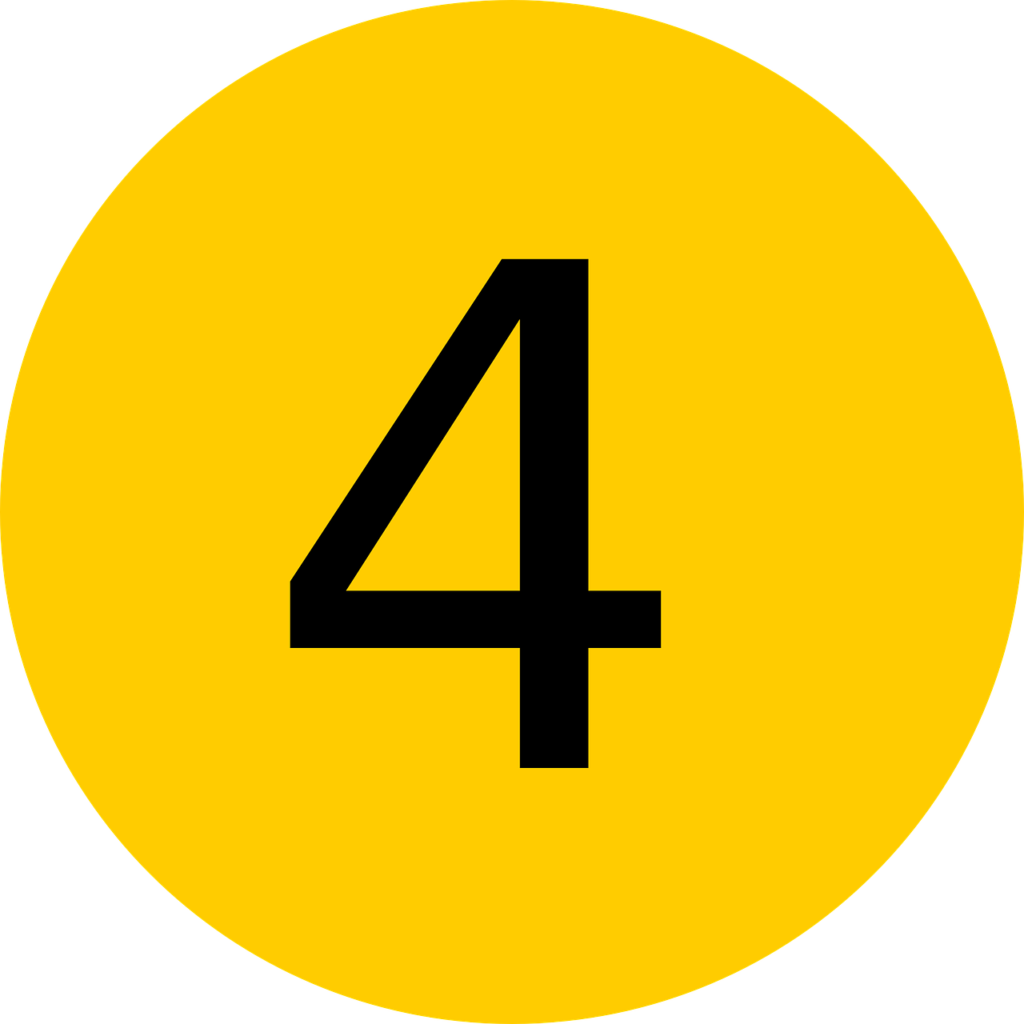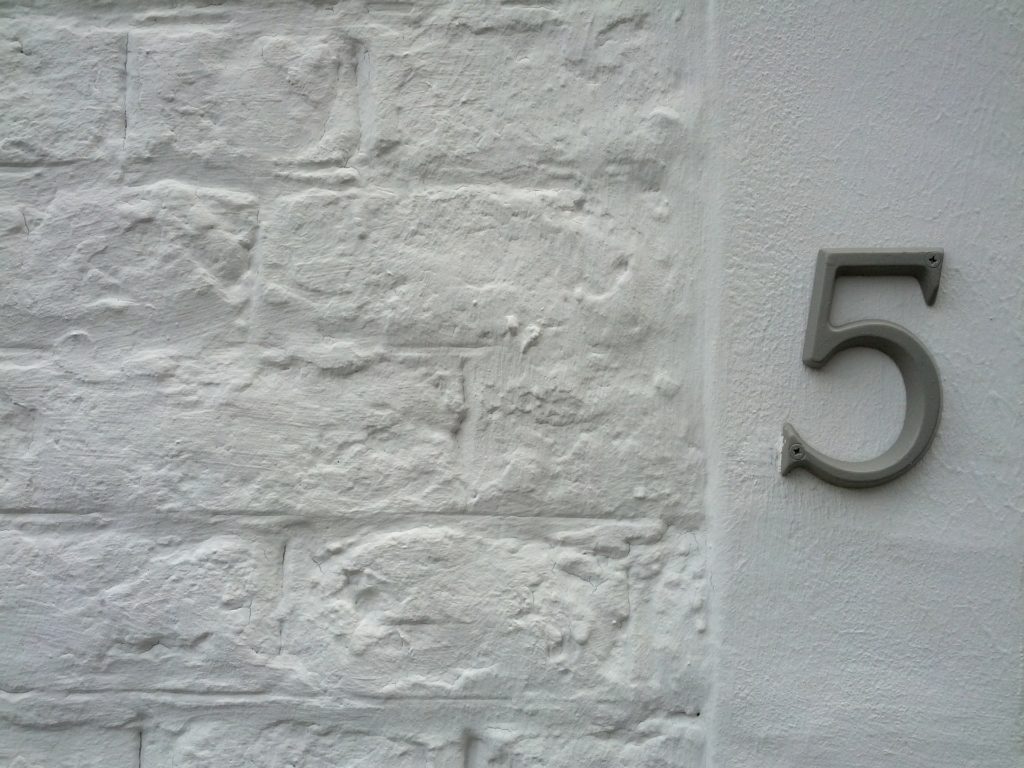The Art of Valuing a Home
Technology has become an inescapable part of our society. Whether that is a good or bad thing is arguable, but when it comes to real estate especially, technology can be an extremely helpful tool. A computer’s ability to identify trends within massive amounts of data is invaluable.
And although the predictive capabilities of a computer are impressive, it is important to remember that they are still far from perfect. If a prediction model doesn’t provide a confidence interval, take it with a grain of salt. ‘People love the Mayor,’ is far less reliable than ‘the Mayor’s approval rating is 45% with a 2% sampling error.’ The confidence interval tells us how dependable a set of data is and therefore how much we should rely on it.
When it comes to Zillow and Trulia, these statistics can be troubling.
 Before I really get into things, I just want to clarify that I am not anti-Zillow/Trulia. I use them more often than not, and I believe they have tons of knowledge to offer. A user can access information on just about any property in the world with only a few clicks. And on top of that, these sites are sleek, concise, and easy-to-use.
Before I really get into things, I just want to clarify that I am not anti-Zillow/Trulia. I use them more often than not, and I believe they have tons of knowledge to offer. A user can access information on just about any property in the world with only a few clicks. And on top of that, these sites are sleek, concise, and easy-to-use.
When it comes to the predictive capabilities of Trulia and Zillow, however, the numbers are not quite so practical. To summarize, Zillow makes the following claims:
- 46.1% of the time, the Zestimate was ± 5% of the actual sales price
- 69.1% of the time, the Zestimate was ± 10% of the actual sales price
- 85.4% of the time, the Zestimate was ± 20% of the actual sales price
- 5.6% is the median error rate
(These are national statistics. Most submarkets like the Bay region are broken down and may be more or less accurate. The statistics for Middlesex County and Lancaster County have both been left blank if that tells you anything.)
Basically, Zillow is stating that their estimates for a home sold for $400,000 would have been between $320k and $480k over half of the time.
The majority of buyers and sellers place a great deal of faith in the value estimates provided by these sites without questioning how the data was derived. Although neither Trulia or Zillow have ever claimed 100% accuracy, they are committed to defending their algorithms and perpetuating the notion that their estimates are correct.

What throws off their estimates is a continued use of incorrect information that is plugged into their algorithm. You would think that as time goes on and more homes are added to the database the accuracy of these estimates would improve.
At the moment, that has yet to happen.
What it comes down to is this…
Trulia and Zillow are computer algorithms created by people (albeit statistic geniuses) and are therefore subjective and imperfect. If you ask several Realtors for an estimate, they will give you varying answers as well.
Every Agent gets frustrated when they hear a client say, ‘Well, Trulia said…’ and watch as they make a decision based on an unfounded claim made by one of these sites. It is so important to remember that Trulia and Zillow are just one of many tools that can be used when valuing a property. Hiring an appraiser, Realtor Market Analysis (CMA), and your own experience are all tools as well – even trial and error.
When you have a home in a region like the Chesapeake Bay where the properties are diverse and the sales are sporadic, the ability for a computer (or anyone, really) to accurately project values decreases dramatically. Recently, values in this region have dropped to the lowest anyone has seen in years, providing buyers with a tremendous opportunity to purchase a waterfront property.
So, the takeaway of this article is this… Trulia and Zillow can be wonderfully helpful, but are only one of many different tools available. Do not rely solely on any one source alone as your reference – this is not the recipe for success. Use all of the tools available to you, and understand how they get their information. Values in the Bay region are extremely low, so you do not want to miss out.







